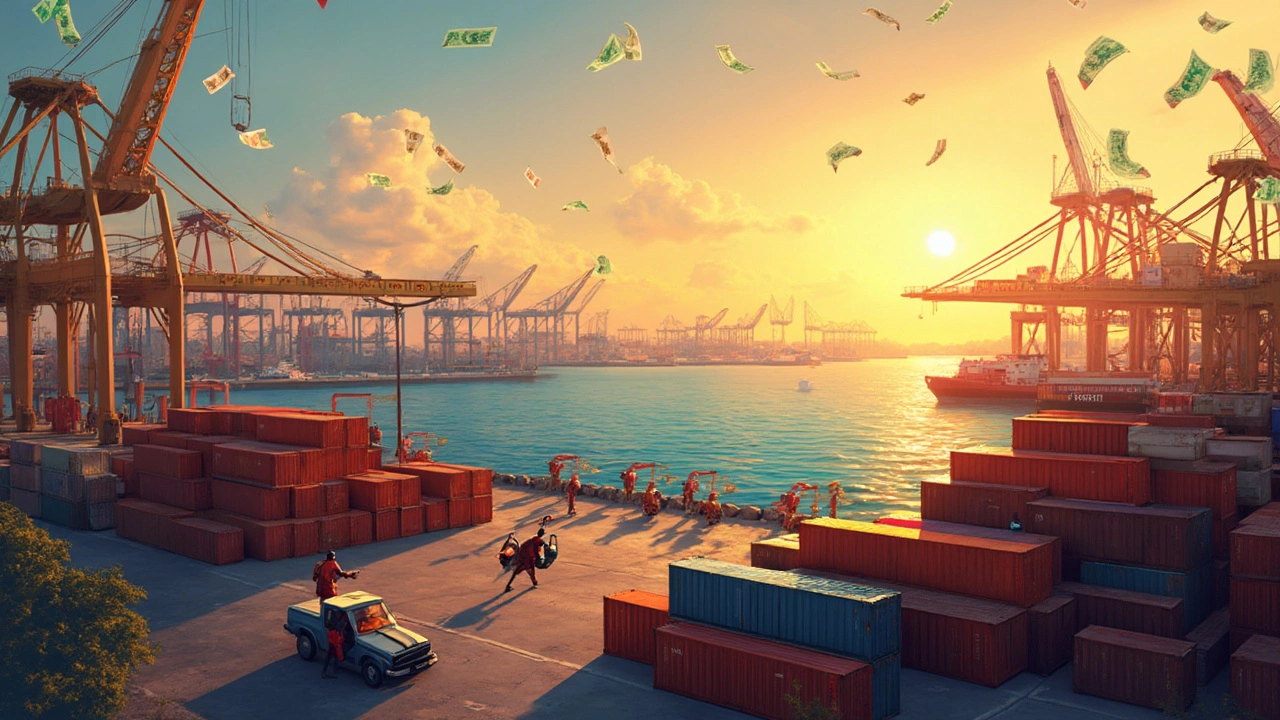Global Logistics: Your Quick Guide to Shipping, Warehousing & Delivery
Running a business that moves goods across borders can feel like juggling a dozen balls at once. You need to know where each package is, how fast it will arrive, and how much it will cost. That’s where global logistics steps in – it’s the glue that holds your supply chain together.
In this guide we’ll break down the most useful ideas, tools, and trends you can start using today. No jargon, just real‑world tips that help you ship smarter, store safer, and deliver faster.
Why Global Logistics Matters
If you ignore the bigger picture, a single delay in one country can stall orders everywhere else. Global logistics helps you see the whole route, from the factory floor to the customer’s doorstep. It also lets you compare carriers, choose the best routes, and keep costs under control.
Think of it like a GPS for your cargo. When you have a clear view, you can avoid bottlenecks, reduce excess inventory, and improve cash flow. That’s why companies that invest in solid logistics processes often beat their rivals on speed and price.
Key Tools & Strategies for 2025
1. Cloud‑based WMS and TMS. A Warehouse Management System (WMS) tracks stock inside your warehouse, while a Transportation Management System (TMS) plans and books shipments. Modern cloud versions integrate automatically, so you get real‑time data without needing an IT team.
2. Real‑time tracking. Today’s carriers offer APIs that feed location updates directly into your dashboard. When customers see exactly where their parcel is, complaints drop dramatically.
3. Consolidation hubs. Instead of sending tiny loads from every supplier, group them at a regional hub. This cuts per‑mile rates and simplifies customs paperwork.
4. Sustainable packaging. Eco‑friendly boxes not only reduce waste but also lower dimensional weight fees. Many carriers now give discounts for recyclable packaging.
5. Data‑driven forecasting. Use past sales and seasonal trends to predict demand. Accurate forecasts mean you can keep just enough stock in each region, avoiding both stock‑outs and overstock.
Putting these tools together creates a feedback loop: better data leads to smarter decisions, which generate more data, and the cycle repeats. The result is faster deliveries, lower costs, and happier customers.
Ready to upgrade your logistics? Start small: pick one carrier API, link it to your order system, and watch the improvement. Then add a WMS or TMS to expand visibility. Each step builds on the last, and you’ll see measurable gains without a massive overhaul.
Global logistics isn’t a one‑time project; it’s an ongoing effort to keep your supply chain lean and agile. By focusing on the right technology and simple best practices, you can stay ahead of the competition and delight your customers worldwide.
Richest Logistics Company in the World: Who Dominates Global Supply Chains in 2025?
Discover who leads as the richest logistics company in 2025. Explore their earnings, size, and secrets to staying on top in the fast-changing logistics industry.
Read MoreWhy Is My International Shipping So Expensive?
International shipping can often feel like a wallet-drainer for many. Transport logistics, fluctuating taxes, and unexpected fees contribute to high costs. Understanding these factors can help you find ways to minimize expenses. This article explores the causes behind those steep prices and offers practical tips to save money on international shipments.
Read More
